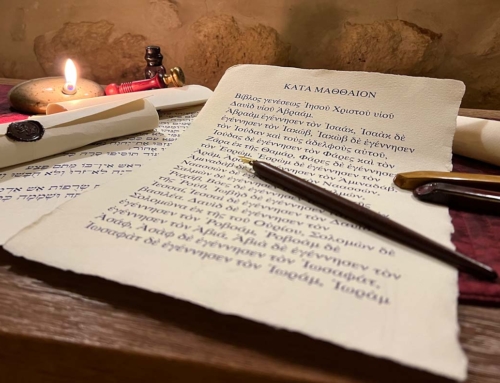It is the 12th of October, 1492: Christopher Columbus discovers a new world that would later be baptized as America. Thus, starting from 1521, a period of Spanish colonization of Mexico begins. They collide with mentalities, cultures, traditions, cults, and religion. Religious symbols, Mexican statues, and sacrifices are considered pagan idols, leading to a christianization campaign that lasts for many years.
About ten years after the conquest, missionaries have little success in evangelizing and converting the new lands, until the year 1531 when the evangelization of the indigenous people is blessed with the apparition of Mary to the indigenous Juan Diego on the Tepeyac hill.
The Lady invites him to go to the bishop to tell him that it is her desire to build a church, but the bishop does not believe him. Until, on the 12th of December, Mary meets Juan Diego, who is seeking a priest to help with his seriously ill uncle, and says, “Am I not here, who am your Mother?” And she confirms that the uncle will not die. Young Juan Diego asks Mary for a sign so that the bishop will believe. She invites Juan Diego to climb the mountain and gather flowers. He does so and returns to the Mother. She takes the flowers and places them in Juan Diego’s cloak, who runs to the bishop, opens it in front of him, and immediately the image of the Virgin appears “painted” on the cloak. The bishop and those present kneel, touched, and ask for forgiveness for not having believed.
With this apparition, the Virgin brought reconciliation between the natives and the Spaniards through the symbols on the cloak. The two cultures could receive the message that the christian faith is not the property of anyone, but a gift of love for all. The features of the Virgin’s face are neither european, nor indigenous, but rather mestizo, foreshadowing the future and original civilization, the Indian Christianity born from the racial integration between the Spanish and the indigenous.
It is the final act of this long and suggestive story; Mary is at the center of universal history and at the beginning of the New World’s History. She would always be willing to give all her love, compassion, help, and protection to the inhabitants of that land and to all who love her. The Guadalupana presents herself as the One who wants to welcome everyone, Indians and Spaniards, with the same love of a Mother.
Accepting the Mother of God will also mean accepting the indigenous people. The new temple will help restore the dignity of the oppressed. Mary, the missionary of Good News, transforms reality to form a new people and a new family.
After a conquest that caused suffering, divisions, oppositions, the Guadalupana on the Tepeyac hill will become a sign of the meeting of two worlds, which until now were in dramatic opposition.
In the seven years following the apparitions, eight million natives converted, with an average of about three thousand people per day, reminiscent of the preaching of Peter.
Pius X proclaimed Our Lady of Guadalupe patroness of all Latin America. Pius XI, of All the Americas; Pius XII called her Empress of the Americas, John XXIII, Heavenly Missionary of the New World, and Mother of the Americas. And we, Koinonia, turn to Her as Mary, Star of Evangelization.
Virginia De Nardi









